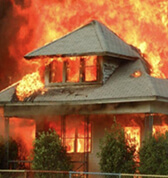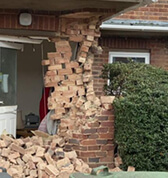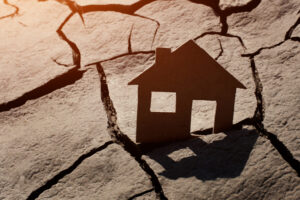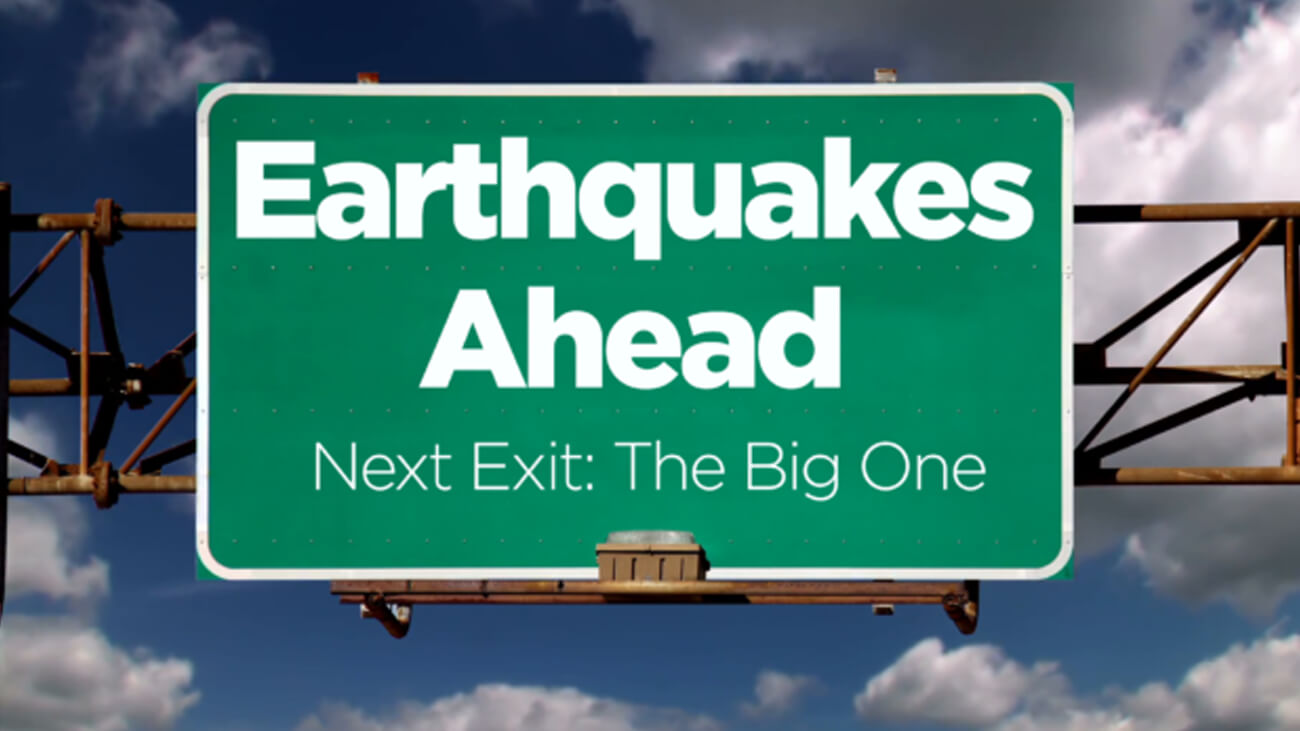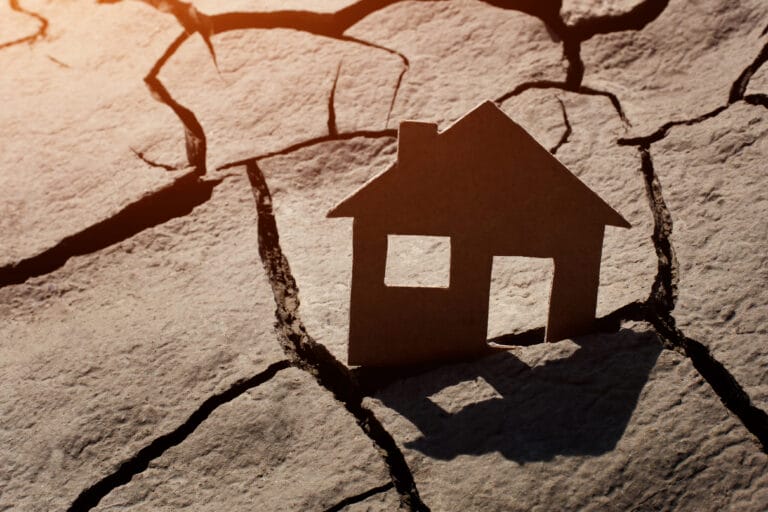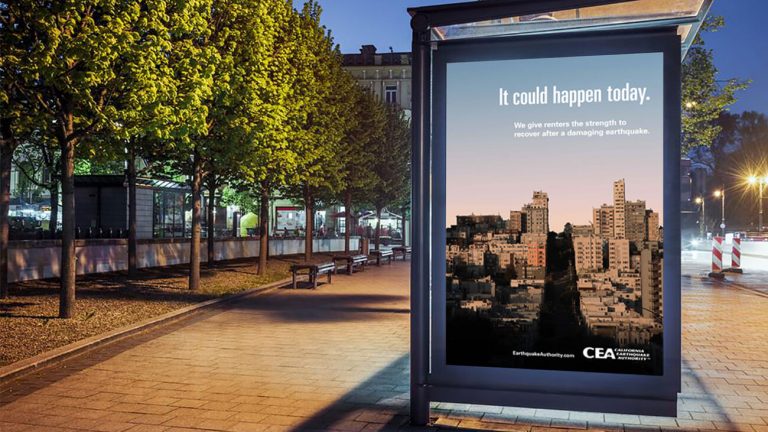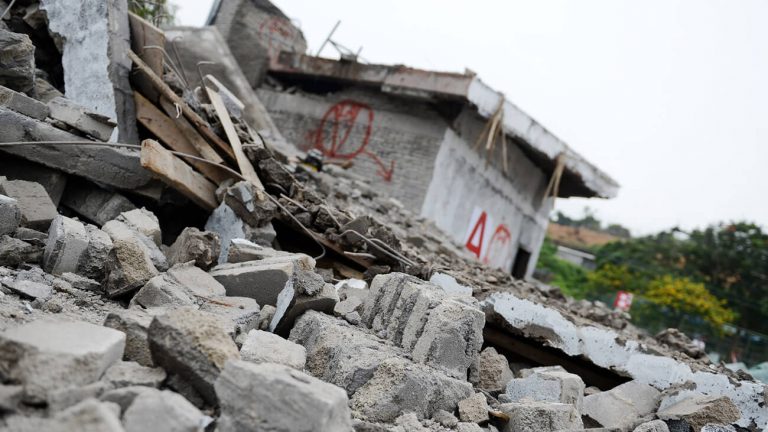How to Prepare For the Big California Earthquake
No one wants to think about earthquakes. You’ve invested time and money in your home, and so many of your memories have been created there. Why would you think about a future where all of that could be destroyed? Unfortunately, if you live in Southern California, you have no choice but to think about and plan for future earthquakes.
Southern California homeowners are particularly vulnerable to earthquakes because the region is located within the San Andreas tectonic zone and surrounded by hundreds of smaller active faults. Even in other areas of California, it’s not a question of if there will be another major earthquake, but rather a question of when it will strike.
So, what can you do to prepare?
Know Your Risk
Could you afford to repair your home out of pocket if it were destroyed today? This question may seem extreme, but if you’re caught off-guard by an earthquake, it could become your reality. Protecting your financial security requires you to honestly and openly assess your earthquake risks.
The truth is, the government won’t bail you out after a disaster. Although there are some disaster relief programs, you might find yourself taking out a high-interest repair loan which you’ll be paying off for years. Federal catastrophe programs can be difficult to enroll in, and grants have limited availability. There are no guarantees that you could obtain government assistance, leaving you responsible for 100% of recovery costs.
In addition to property damage, you also have to consider the other risks you’re facing in the event of an earthquake. You could be injured, which might lead to medical bills and lost wages. If your home sustains major damage, you’ll also have temporary relocation expenses during restoration. These factors are all components of your earthquake risk.
Understand ‘The Big One’:
For years, experts across seismological and geological fields have warned of an impending earthquake that they call ‘The Big One’. Estimated to occur within the next three decades, the Big One will be a 7.8 magnitude (or higher) earthquake that strikes along the southern San Andreas fault. The Big One will be at least 11 times stronger than the Ridgecrest earthquake and 44 times stronger than Northridge.
In 2008, the U.S. Department of the Interior published a report entitled ‘The ShakeOut Scenario’ which was intended to identify the physical, social and economic consequences we can expect when The Big One finally hits. Before forgoing earthquake insurance, homeowners should consider the following statistics from the report:
- The earthquake could ignite as many as 1,600 fires across the affected area and beyond. Many of those fires will grow, move, and converge to make even bigger fires which will be difficult for emergency responders to control.
- Local water supply would be depleted by firefighting efforts, and the underground infrastructure may be damaged. Los Angeles could be on a ‘boil water’ warning for 18 months or more.
- You may not be able to leave town. After a natural disaster, civilians are often asked to remain off the roads in order to clear the way for emergency vehicles. Furthermore, the earthquake could cause massive structural damage to dams, freeways, bridges, and other systems that we rely on for transportation.
Explore Earthquake Insurance
While an Earthquake Insurance Policy may not be the right fit for everyone, it’s important to assess your options. Many homeowners have major misconceptions about the costs and limitations of earthquake insurance, leading them to miss out on valuable protection.
Remember: if you don’t have an earthquake insurance policy, you don’t have earthquake coverage.
The cost of earthquake insurance varies between homeowners. Providers employ risk-based pricing and they determine your risk based on factors such as your proximity to fault lines and the coverages and deductibles you choose. For example, policies might be cheaper in Echo Park, Silver Lake, and El Sereno than in areas like Mar Vista, Culver City, and West LA.
Consider Retrofitting & Earthquake Proofing
One way to protect your home is to make specific upgrades and improvements designed to reduce earthquake damage. In some cases, these upgrades can even help you qualify for reduced premiums! When you understand the structural risks to your home, you can create a plan to address them. For example, you might consider retrofitting your foundation and cripple-wall bracing.
The California Earthquake Authority has published a variety of helpful resources to help you start your earthquake-safe home improvement project. Their tips are tailored to different construction types, so take a look at these structural risk examples to learn more about steps you can take to protect your home.
In such cases, a public adjuster can help you understand your coverage and recommend necessary coverage options.
Don’t wait! It’s important that you take this seriously and evaluate your earthquake risk today!




















